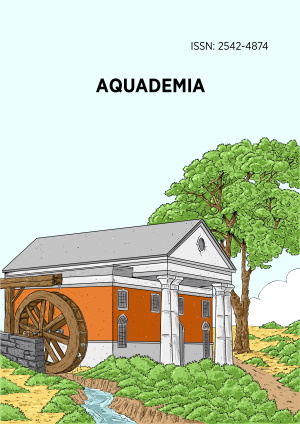Abstract
It is a great advantage to reduce the energy requirement for the provision of consumable groundwater to an absolute minimum. Reverse osmosis (RO) and nanofiltration (NF) are two of the most commonly used technologies for desalination water to provide potable water with lowest energy consumption. However, there is still lack of a thorough comparison between these two methods providing the better option in different conditions. Therefore, in this paper, nitrate rejection and the effects of operation conditions on the performance of RO and NF systems are compared. Several wells in Zarch District, Iran, are polluted by nitrate and groundwater is a major drinking water source in the region. The aim of this research was to evaluate the efficiency of nitrate removal by two commercial membranes NF90 and BW30 (both Dow Filmtec) using natural water under different operating conditions. Experiments were conducted to assess the influence of temperature and pressure on nitrate removal by the membranes. The results indicated that BW30 (reverse osmosis) performs better removing nitrate than NF90 (Nano-filter). With a feed of 200 mg-NO3-.L-1 (as nitrate), only permeate from the BW30 membrane met the required quality standard for drinking purposes (50 mg-NO3-.L-1). When the feed concentration increased to 250 mg-NO3-.L-1, both membranes failed to achieve the standard in the permeate. The membranes showed similar nitrate removal behaviour under different applied temperatures and pressures. It was concluded that the BW30 membrane can be used to produce drinking water in the study area with influent concentrations below 200 mg-NO3.L-1.
License
This is an open access article distributed under the Creative Commons Attribution License which permits unrestricted use, distribution, and reproduction in any medium, provided the original work is properly cited.
Article Type: Research Article
AQUADEMIA, Volume 4, Issue 1, 2020, Article No: ep20014
https://doi.org/10.29333/aquademia/8225
Publication date: 30 Apr 2020
Article Views: 2835
Article Downloads: 1598
Open Access References How to cite this article
 Full Text (PDF)
Full Text (PDF)